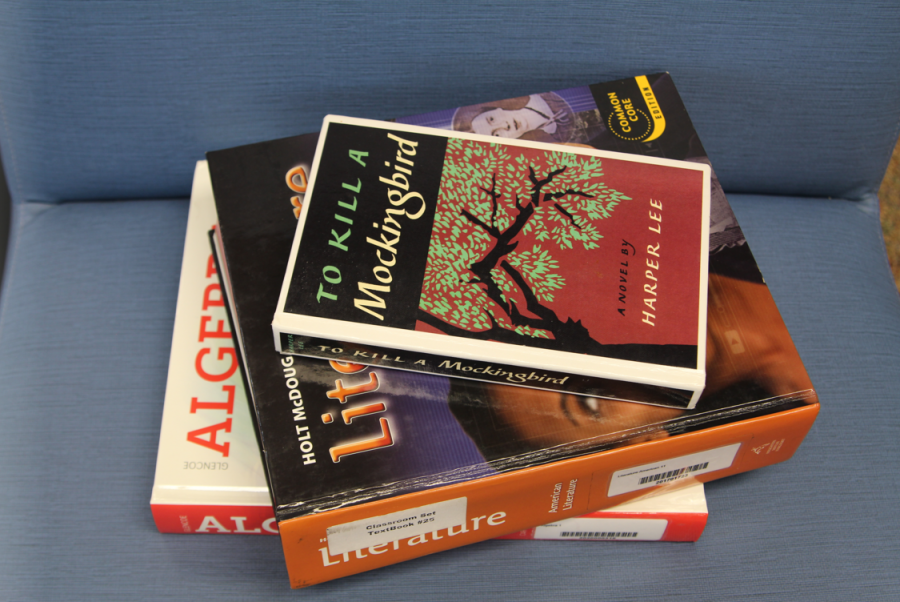Breaking the ‘good student’ stereotype
“Apart from the usual suspects of exams and grades, stress also comes via the inability to adjust to a life outside your comfort zone and dealing with a new social circle far from your childhood friends and family,” said Imed Bouchrika.
September 22, 2021
Getting a star at the top of every paper, achieving honors, and having college as the next stepping stone refers to the ideal ‘good student.’ The reality is, it’s so much greater than that. Deeming an individual as a good or bad student across the board isn’t fair when unsure of the circumstances or the developmental changes an individual is experiencing. When it all comes down to it, the child is a person that faces outside challenges, but the really important part of growing up is demonstrating a consistent balance of these goals.
“Apart from the usual suspects of exams and grades, stress also comes via the inability to adjust to a life outside your comfort zone and dealing with a new social circle far from your childhood friends and family,” said Imed Bouchrika, chief data scientist.
The social aspect is such a big thing for students. Finding stability is key to success, learning basic life skills and keeping up with studies. High school is one of the few times in a child’s life where they start to discover themselves in remarkable ways. Having that prenotion of understanding what teens are going through is in fact valid.
“Time spent with peers increases and becomes the primary social context that impacts development (Rubin, Bukowsi, & Parker, 2006). This period is marked by a heightened concern in social involvement, gaining autonomy, developing status, and an increased impetus to rely on peers to address these social needs,” said Elisa M. Trucco from UOM addiction research center.
Trucco’s abstract study breaks down the ways adolescents are more likely to expand cognitively if a child is more socially active versus otherwise.
“These findings highlight the importance of considering a more fine-grained analysis of change when examining personality, especially within interpersonally oriented domains,” said Trucco.“Similar benefits of a fine-grained analysis for understanding inconsistencies in change and stability within interpersonal dispositions across adolescence are likely.”
Inconsistency can be expected when it comes to a teen. It’s all about swimming at a pace to keep their heads above water. As Trucco said, it’s important to analyze the fact that students will explore their changes within themselves. Providing the support of knowing that they are experiencing a lot at once is the goal as a supporter.
When it’s broken down, it’s not about the amount of time someone keeps their head in a book or how much a student is out with their friends on the weekends; it’s about finding a mature balance during the high school years. Before developing a perspective of a person being a ‘good student,’ remember that a 360 perspective is crucial.







